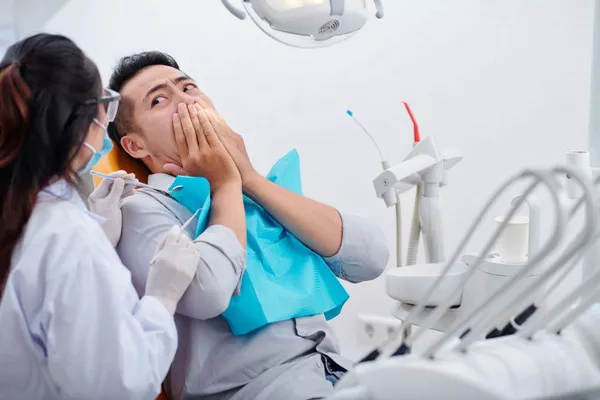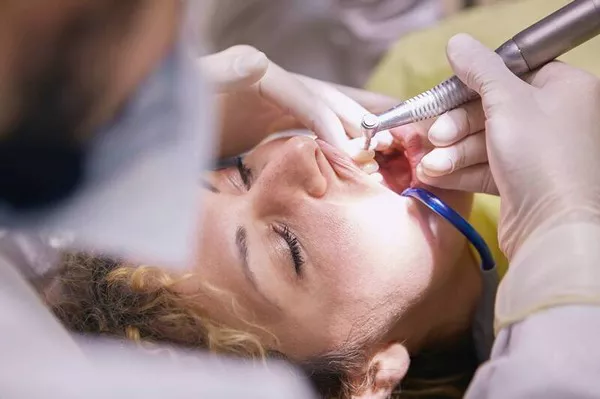A bright, white smile is often associated with health, confidence, and overall well-being. However, many individuals find themselves dealing with the issue of yellow teeth. The factors contributing to tooth discoloration can vary, but understanding the root causes is essential for both prevention and effective treatment. In this comprehensive guide, we will explore the common culprits behind yellowing teeth and discuss strategies to maintain a brighter, whiter smile.
Dietary Habits
One of the leading causes of tooth discoloration is dietary habits. Consuming certain foods and beverages can stain the enamel—the outermost layer of the tooth. Common culprits include:
Coffee: The dark pigments in coffee can adhere to the enamel, leading to yellow or brown stains over time.
Tea: Both black and herbal teas contain tannins, which can stain teeth. Additionally, herbal teas with vibrant colors may contribute to discoloration.
Red Wine: The deep red hues of red wine contain chromogens that can stain teeth, especially when consumed regularly.
Berries: Dark-colored berries like blueberries, blackberries, and raspberries contain pigments that can stain teeth when consumed frequently.
Sauces: Tomato-based sauces, soy sauce, and curry can be highly pigmented and lead to staining.
Dark Chocolate: Although less likely to stain compared to other chocolates, dark chocolate can still contribute to tooth discoloration.
Tobacco Use
Smoking or using tobacco products is a major contributor to yellow teeth. Nicotine and tar found in tobacco can easily stain enamel, leading to a yellow or brownish appearance.
Poor Oral Hygiene
Inadequate brushing and flossing can allow plaque and tartar to accumulate on teeth. Over time, this buildup can lead to discoloration, especially in areas that are difficult to clean.
Aging
As we age, the outer layer of enamel on our teeth naturally thins, revealing the yellowish dentin beneath. This is a common reason why teeth tend to appear more yellow as we get older.
Genetics
Genetics can play a role in tooth color. Some individuals may have naturally yellower teeth due to the thickness and color of their enamel, which is determined by their genes.
Medical Conditions and Medications
Certain medical conditions and medications can lead to tooth discoloration. For example, treatments like chemotherapy and certain antibiotics can affect tooth color, especially when taken during childhood when teeth are still developing.
Fluoride Overexposure
Excessive fluoride intake during early tooth development can result in a condition known as dental fluorosis. This can cause teeth to appear discolored with white or brown spots.
Trauma
Physical trauma to the teeth, such as a blow or injury, can disrupt the enamel and lead to discoloration. The tooth may appear yellow or grayish as a result.
Tooth Decay and Poor Dental Health
Tooth decay and gum disease can contribute to tooth discoloration. Bacterial growth and plaque buildup can affect the color and health of the teeth.
Inadequate Dental Care
Skipping regular dental checkups and cleanings can allow plaque and tartar to accumulate, leading to discoloration and potential dental problems.
Prevention and Treatment
Now that we understand the causes of yellow teeth, let’s explore strategies for prevention and treatment:
Maintain Good Oral Hygiene:
Brush your teeth at least twice a day with fluoride toothpaste and use dental floss daily to prevent plaque buildup, which can lead to yellowing.
Regular Dental Checkups:
Schedule regular dental checkups and cleanings with your dentist to remove tartar buildup and address potential issues early on.
Limit Staining Foods and Beverages:
Reduce your consumption of coffee, tea, red wine, and dark-colored foods. When you do indulge, rinse your mouth with water afterward to minimize staining.
Tobacco Cessation:
Quit smoking or using tobacco products to prevent further staining and improve your overall oral health.
Professional Teeth Whitening:
Professional teeth whitening treatments, performed by a dentist, are one of the most effective ways to remove surface stains and achieve a whiter smile.
Over-the-Counter Whitening Products:
Whitening toothpaste, strips, and gels available at most drugstores can help reduce surface stains and brighten your teeth. Look for products with the American Dental Association (ADA) seal of approval.
Dental Bonding and Veneers:
For more severe discoloration or intrinsic staining, dental bonding or veneers may be recommended by your dentist to improve the appearance of your teeth.
Healthy Dietary Choices:
Incorporate a diet rich in fruits and vegetables that stimulate saliva production and help clean teeth naturally.
Proper Hydration:
Drinking plenty of water throughout the day can help rinse away staining particles and maintain oral health.
Conclusion
Yellowingteeth can be a common concern, but understanding the causes and implementing preventive measures can help you achieve and maintain a brighter, whiter smile. Whether you choose professional treatments, over-the-counter products, or lifestyle changes, it’s important to prioritize good oral hygiene practices and regular dental care. A radiant smile not only boosts your confidence but also contributes to overall oral health and well-being.
Related Topics:






























